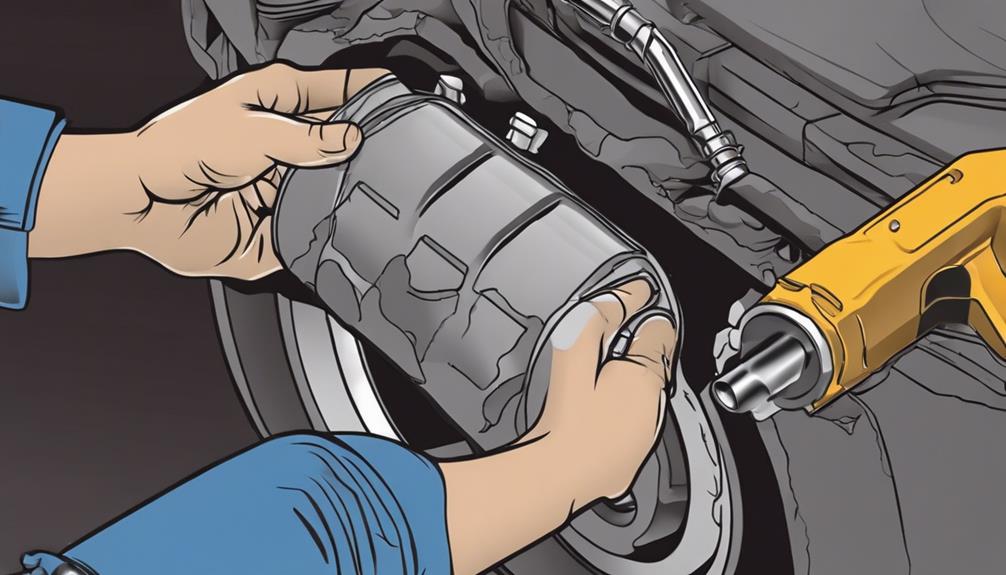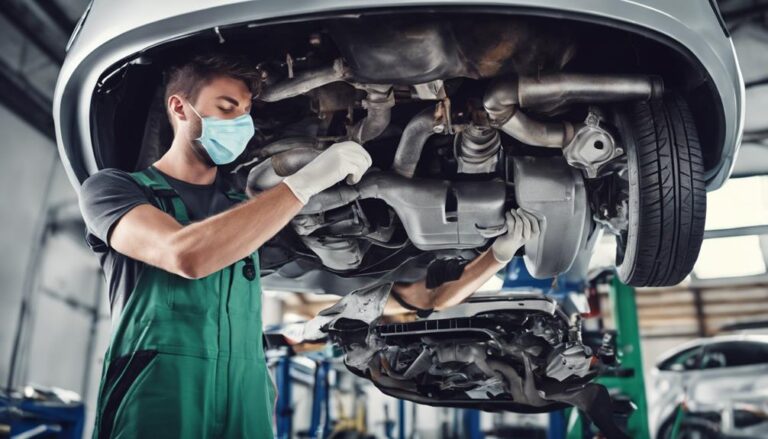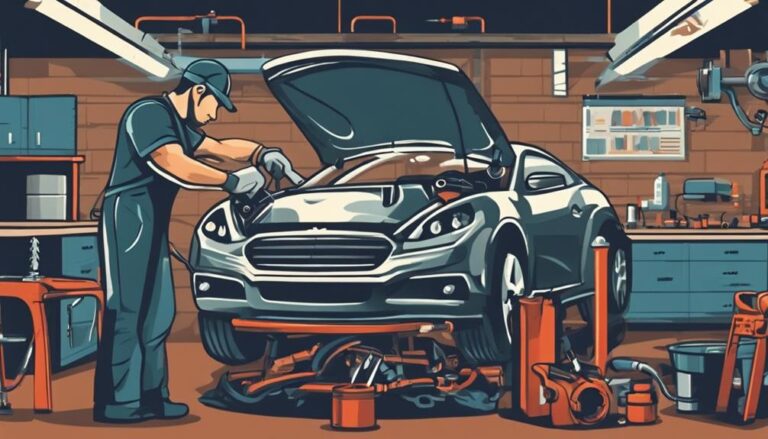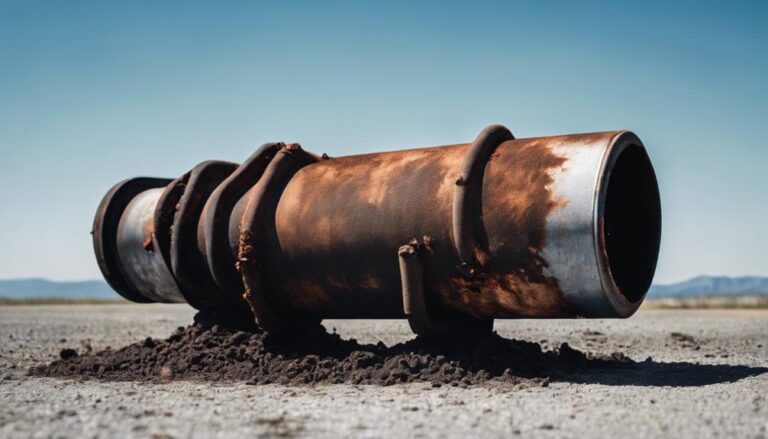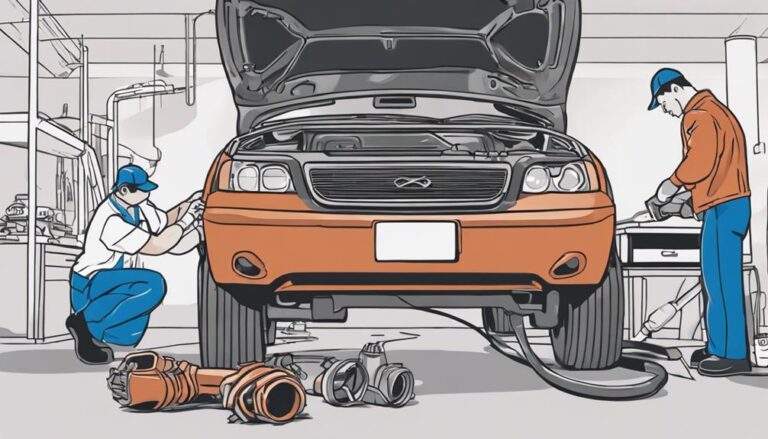Comparing Catalytic Converter Repair Vs Replacement Options
When comparing catalytic converter repair versus replacement options, you find yourself at a crossroads of cost and effectiveness. The decision hinges on various factors like the extent of damage, emission standards compliance, and budget constraints.
Before you make a choice, consider the long-term impact on your vehicle's performance and environmental footprint. The path you choose can greatly influence not just your wallet but also the planet's health.
Key Takeaways
- Repair involves patching, sealing, and cleaning for cost-effective solutions.
- Replacement ensures long-term reliability and compliance with emission standards.
- Factors like internal damage extent and financial considerations influence repair decisions.
- Professional diagnosis guides repair or replacement choices based on safety and performance needs.
Understanding Catalytic Converter Functionality
Catalytic converters work by converting harmful pollutants into less noxious substances through the use of precious metal catalysts. These emissions control devices are pivotal in reducing the environmental impact of vehicles by transforming gases like nitrogen oxides (NOx), carbon monoxide (CO), and hydrocarbons (HC) into less harmful compounds.
The design of catalytic converters often incorporates a ceramic honeycomb structure, maximizing the surface area for efficient chemical reactions. This structure allows for best contact between the exhaust gases and the catalysts, promoting the conversion of pollutants into less harmful emissions.
In some instances, vehicles may be equipped with multiple catalytic converters strategically positioned within the exhaust system to enhance emission control further. Understanding the functionality of catalytic converters is essential for appreciating their role in mitigating harmful emissions and maintaining a cleaner environment.
Common Causes of Catalytic Converter Failure
After understanding how catalytic converters function to reduce harmful emissions, it's important to explore the various factors that can lead to catalytic converter failure.
Here are common causes of catalytic converter failure:
- Contamination from oil leaks, fuel additives, or coolant seepage can restrict exhaust flow and lead to catalytic converter failure.
- Carbon buildup due to prolonged idling and rich fuel mixes can cause deposits that bake onto converter internals, affecting performance.
- Thermal damage from exposure to high temperatures can destabilize the ceramic substrates within the catalytic converter.
- Vibration damage from road impacts or excessive engine RPMs can weaken the converter housing and impact its functionality.
Understanding these factors is critical in diagnosing and addressing issues with catalytic converters. By being aware of potential causes of failure like contamination and thermal damage, you can take proactive steps to maintain the efficiency and longevity of your catalytic converter.
Diagnostic Procedures for Catalytic Converters
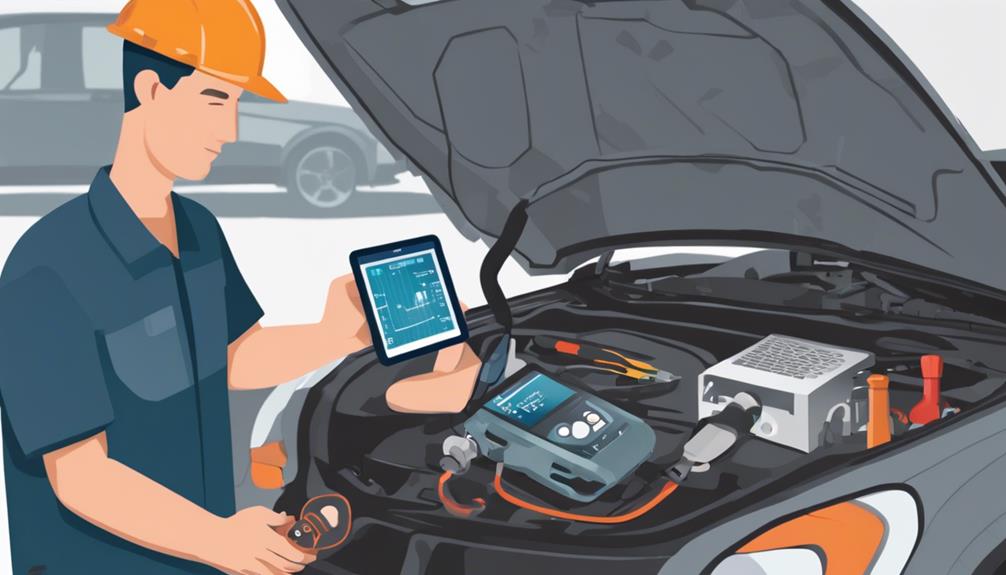
When diagnosing issues with catalytic converters, implementing various diagnostic procedures is essential to accurately identify potential problems. Two common methods used for diagnosing catalytic converter issues are backpressure testing and temperature sensing. Backpressure testing involves checking for exhaust flow restrictions, which can indicate a clogged or failing catalytic converter. Temperature sensing methods, on the other hand, can detect overheating issues in the converter, pointing to inefficiencies or malfunctions. Gas analysis is another diagnostic procedure that helps identify the presence of specific pollutants and determine the converter's efficiency in reducing emissions. Additionally, visual inspection plays a critical role in revealing any physical damage or contamination on the catalytic converter's surface. Professional diagnosis through multiple methods ensures a thorough evaluation and accurate identification of catalytic converter issues.
| Diagnostic Procedures | Description |
|---|---|
| Backpressure Testing | Checks exhaust flow restrictions |
| Temperature Sensing | Detects overheating issues |
| Gas Analysis | Identifies specific pollutants |
| Visual Inspection | Reveals physical damage |
Repair Possibilities for Catalytic Converters
Repairing catalytic converters involves evaluating and implementing various methods to address issues and extend their functionality. When dealing with catalytic converter repair, consider the following possibilities:
- Patching exterior housing: Repairing minor damages to the outer shell can prevent further deterioration.
- Re-sealing exhaust leaks: Fixing leaks can improve overall performance and efficiency.
- Restoring internal structural integrity: Addressing internal damages can enhance the converter's durability.
- Cleaning contaminated catalysts: Removing contaminants can help restore the converter's effectiveness.
For catalytic converter repair, especially for minor issues, it can be more cost-effective than opting for a full replacement. However, it's essential to seek professional diagnosis to determine the feasibility and effectiveness of repair options.
Factors Influencing Repair Vs Replacement Decisions
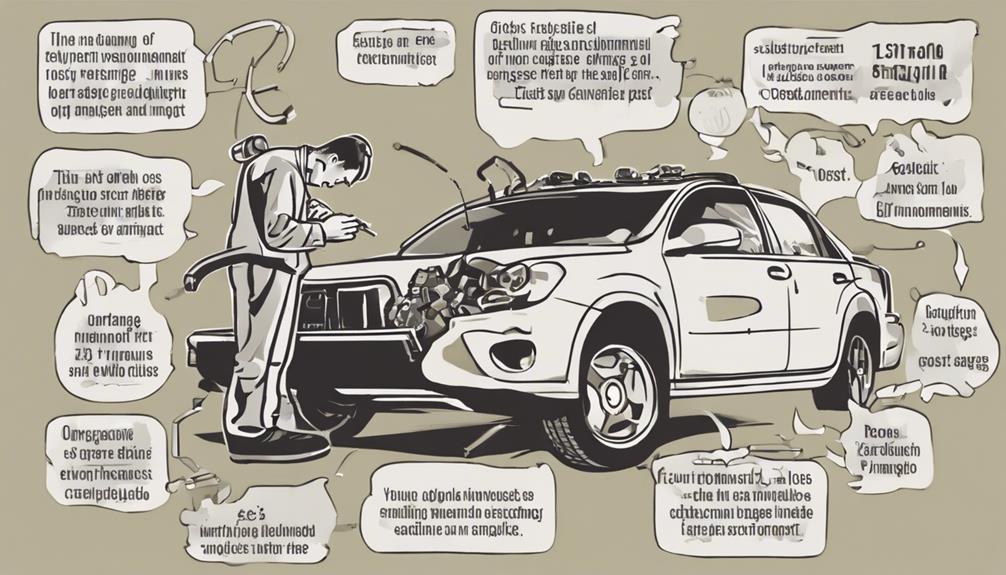
Factors influencing decisions between repairing and replacing catalytic converters depend heavily on professional diagnosis of internal damage and wear extent. The risks and limitations of repair options, such as patching exterior housing or cleaning contaminated catalysts, are important to take into account. Emissions criticality and compliance requirements play a significant role in determining whether to repair or replace a catalytic converter. Financial constraints may impact decision-making, as replacement costs vary based on damage extent and converter type needed. The overall performance and longevity of the vehicle are key considerations when weighing the options of repairing or replacing a catalytic converter.
| Repair Possibilities | Decision Factors |
|---|---|
| Patching exterior housing | Professional diagnosis |
| Cleaning contaminated catalysts | Emissions compliance |
| Repair cost vs. replacement cost | Vehicle performance impact |
Frequently Asked Questions
Can You Fix a Catalytic Converter Instead of Replacing It?
You can fix a catalytic converter instead of replacing it by utilizing repair techniques like patching, re-sealing, and cleaning. This can be cost-effective and reduce environmental impact if minor damage is addressed promptly and professionally.
Is OEM or Aftermarket Catalytic Converter Better?
When deciding between OEM and aftermarket catalytic converters, consider performance differences, cost comparisons, and environmental impacts. OEM converters offer long-term reliability, meeting emission standards. Aftermarket ones may be cheaper but could lead to premature failure.
Should I Replace My Catalytic Converter or Get a New Car?
Consider replacing your catalytic converter if it's failing emission tests, damaged, or triggering the check engine light. Replacement costs range from $1,000 to $2,500, a fraction of a new car's cost. A new converter extends your vehicle's life, reduces emissions, and is more cost-effective than a new car.
Are Replacement Catalytic Converters Any Good?
Replacement catalytic converters can offer significant performance benefits by reducing harmful emissions. While aftermarket options provide cost savings, it's important to confirm compliance with emission standards. Opt for reputable brands to guarantee reliability and environmental impact.
Conclusion
When weighing the options of catalytic converter repair versus replacement, consider the extent of internal damage, emission criticality, and financial constraints.
It's important to make an informed decision based on professional diagnosis and the long-term performance goals of your vehicle.
Remember, the choice between repair and replacement may seem challenging, but with careful consideration, you can guarantee ideal emissions control and engine efficiency.

